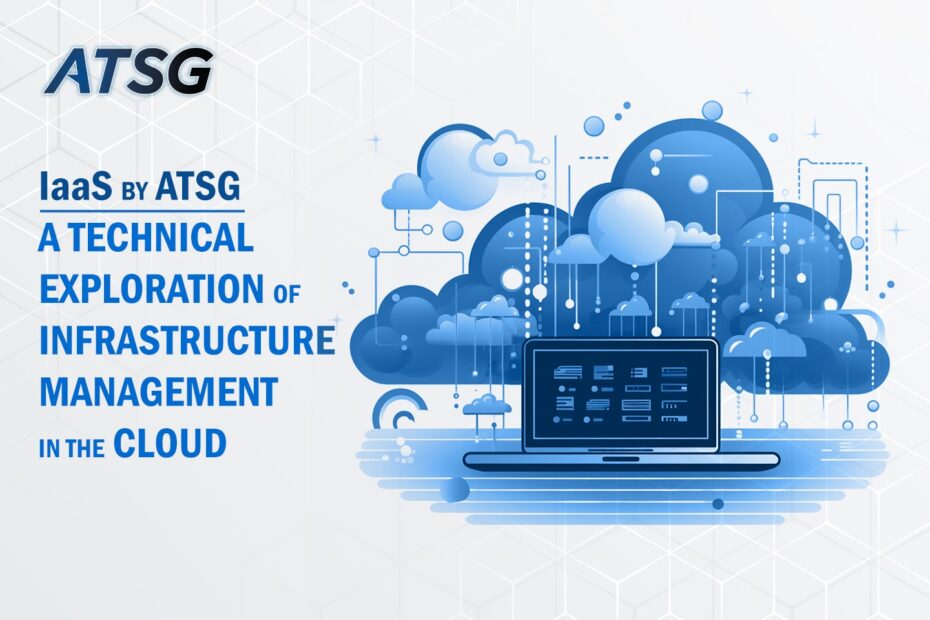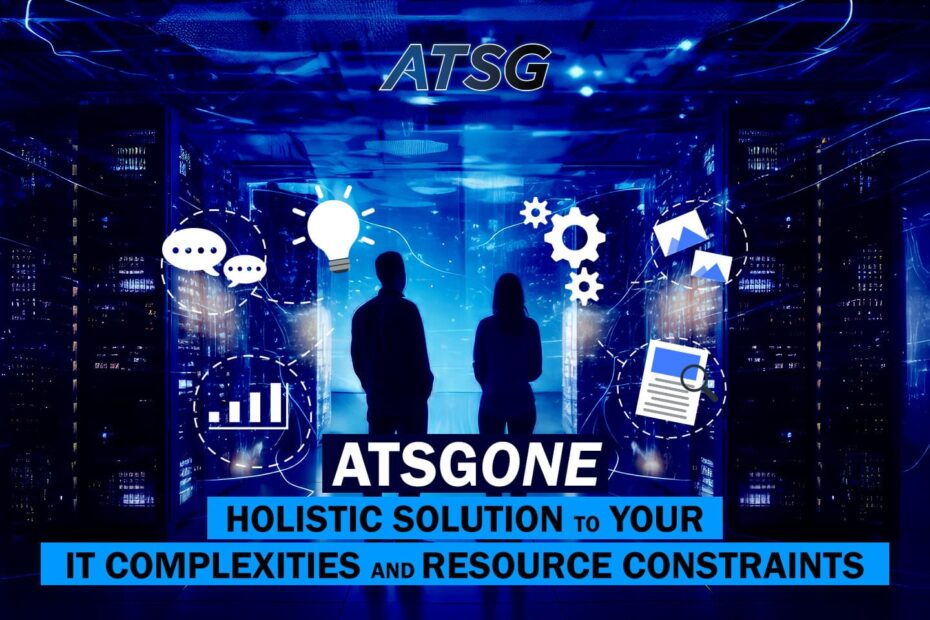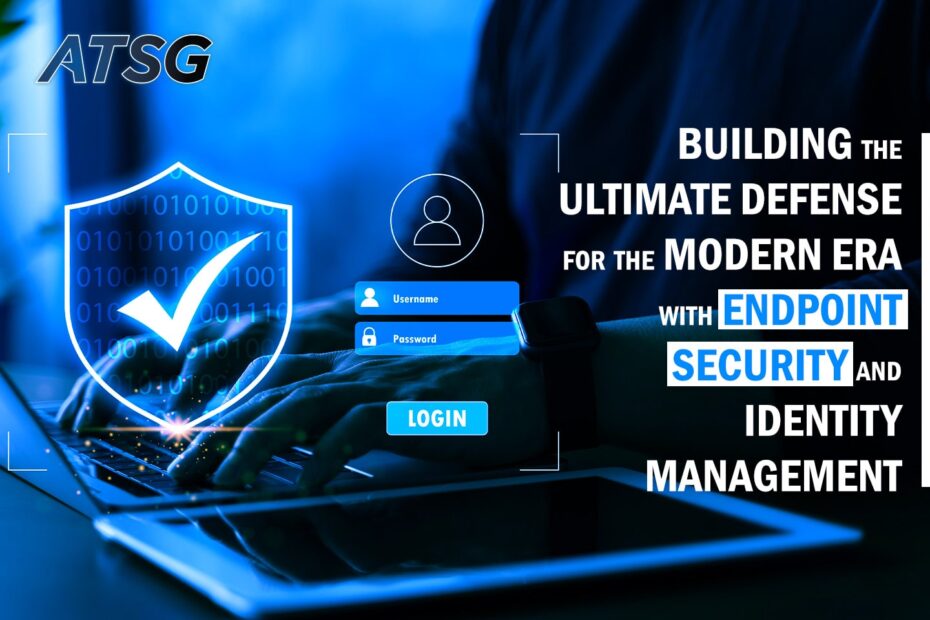The enterprise IT infrastructure and network have seen massive evolution over the past three years or so. Initially, enterprises set foot in the yet uncharted territory of full fledge remote work settings. This trend, once the devastating impact of the global pandemic subsided, morphed into Hybrid work settings, which continue to this day.
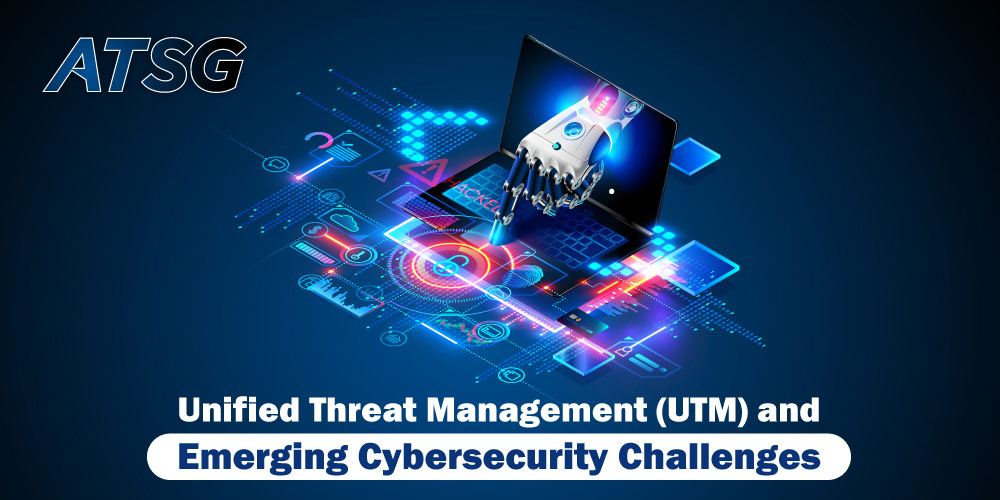
A lot of experts in the area of enterprise IT infrastructure design and cybersecurity believe the current Hybrid Work structure to continue as such, for the foreseeable future. This has really complicated things for IT and cybersecurity teams, as they have to accommodate multiple work scenarios and contemplate a wide range of cyber threat vectors.
The cyber security risks posed by in-office, fully remote, and hybrid work structures are quite different in nature. This means to fend off the threats for each of these work styles, enterprises will have to approach cybersecurity with a much broader horizon.
When we oversimplify cybersecurity to accommodate all the challenges posed by these diverse work structures, it seems doable. However, when we delve into the design, implementation, integration, execution, and monitoring phases of these diverse cybersecurity measures, things quickly turn overwhelmingly complex.
Designing the Optimal Mix of Employee Experience and Cybersecurity
This is perhaps the biggest challenge that present-day cybersecurity experts are facing. If we over-tighten the noose around cybersecurity protocols, the overall Digital Employee Experience (DEX) takes a massive hit. Fully remote and hybrid employees are already “wrestling” to strike the perfect work-life balance in such dynamic work environments.
When we add on the burden of too many cybersecurity protocols in the way of their day-to-day tasks, employees tend to feel de-motivated. This also has an adverse impact on employee productivity, as the fulfillment of each additional security measure or protocol means more time getting expended on security, and less on actual productivity.
Another challenge that has emerged with overly complicating enterprise cybersecurity is employees circumventing the official channels, such as applications, tools, and productivity solutions to accomplish their day-to-day tasks. This practice defeats the whole purpose of deploying cybersecurity mechanisms or protocols in the first place.
Unified Threat Management (UTM) – An Effective Remedy
The answer to the above cybersecurity challenges is implementing a Unified Threat Management (UTM) solution. Such a solution consolidates the diverse elements of enterprise cyber security into a single, cohesive, and highly integrated mechanism.
Let us discuss the core components of an effective Unified Threat Management (UTM) solution. An enterprise needs to deploy at least these elements and may add on other specific solutions, as per its unique needs.
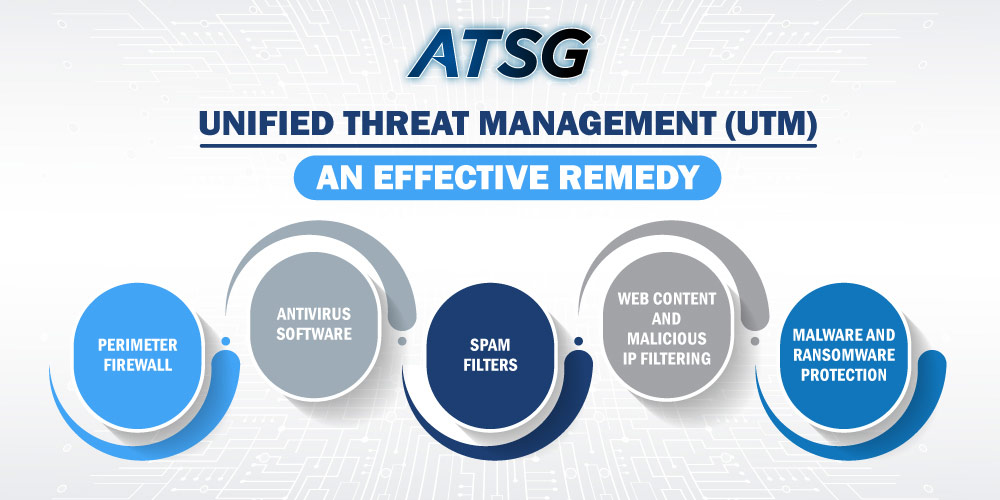
Perimeter Firewall
Although the efficacy of perimeter firewalls is decreasing with every passing day, it is still something that needs to be deployed at the outermost perimeter of the core enterprise network. This acts as the first line of defense against malicious actors trying to gain unauthorized access to the enterprise network.
Web Application Firewall (WAF)
As the name suggests, this firewall protects individual applications deployed within the enterprise from vulnerabilities and threats that have managed to circumvent the outermost perimeter firewall. WAF also monitors and regulates the interactions between different apps deployed across the enterprise.
Antivirus Software
Like perimeter firewalls, antivirus software is also losing its efficacy against present-day complex cybersecurity threats. Still, these are effective in detecting and isolating the cyber threats that have already exposed themselves within the enterprise network. Modern antivirus software is also good at identifying potentially harmful files or malicious executable codes.
SPAM Filters
This initially started out as a means for mass-scale online advertising, but sooner than later, proved itself as little more than a nuisance for the majority. However, cyber miscreants have started leveraging SPAM messages for their nefarious designs, which are tricking unsuspecting readers into clicking on malicious links embedded within seemingly harmless emails.
At times, such messages are designed so well at impersonating a legitimate source that employees actually end up clicking on malicious content or some link, unraveling mayhem on the enterprise network. So, it is vital that an effective UTM solution encompasses strong SPAM filtering capabilities, in order to flush out such emails right at the source.
Web Content and Malicious IP Filtering
This cybersecurity tool serves the dual purpose of both security and ensuring high employee productivity. Web Content Filtering tools prevent employees from accessing non-productive or potentially harmful resources over the internet, especially during online surfing.
Malicious IP Filtering is a sort of centralized database of already discovered, or potentially harmful IP addresses, which have no direct relevance to a company’s products or services. Yet, bad actors try to infiltrate, or overwhelm enterprise servers with malicious traffic through such IPs, preventing even legitimate user or employee requests from being entertained in a timely manner.
Malware and Ransomware Protection
This is by far the most serious threat that modern enterprise IT infrastructures are facing these days. It should better be dubbed as malware leading to ransomware, as even with a single click of an unsuspecting user, malware-infested code will execute and grant the attacker a doorway right into the enterprise network.
What unfolds later is your very own enterprise data getting encrypted, rendering it useless for your use. So, the attacked organization is left with only two options. Either to restore its data from a clean backup (if such a plan already exists), or end up paying a hefty ransom to the very perpetrator of the attack, in exchange for “getting your data back in one piece”.
What Cybersecurity Capabilities Does ATSG Offer?
After establishing itself in the market as a leading provider of Managed Services and Intelligent IT solutions, ATSG has also shifted its focus to Cybersecurity. This positions ATSG uniquely in the market, as we not only offer class-leading IT solutions for enterprises but are also fully capable of designing a robust enterprise cyber security posture.
Here is a glimpse of the cybersecurity challenges that ATSG’s solutions solve very effectively:-
Managed Detection and Response (MDR)
Present-day cyber threats can remain lurking around your critical IT assets un-detected, for days, weeks, or even months. This “stealth” is by design, as the perpetrators of present-day cyber attacks, once they have gained unauthorized access, “explore” the various elements of your IT environment to inflict irreparable damage.
This is where ATSG’s Managed Detection and Response (MDR) capabilities come into the picture. Our MDR solutions proactively scan your IT infrastructure for early signs of cyber threats, and once any anomaly is observed, an effective and timely response is mounted against any such cyber threats.
Endpoint Detection and Response (EDR)
The widely prevalent remote and hybrid work settings have made employee endpoint devices a “prized target” for cyber criminals to mount an attack on your enterprise resources. This is where the role of ATSG’s highly capable EDR solutions comes into play. Our EDR solutions effectively protect individual employee endpoint devices, whether they are working from their homes, the office, or a mix of both.
Vulnerability Management
A lot of enterprises lack the in-house expertise and tools to undertake the complex role of identifying vulnerabilities within their IT infrastructures. This is yet another area where the vulnerability management capabilities of ATSG can really help. We can identify any weaknesses within your IT infrastructure, and help your enterprise address those gaps, based on their level of urgency and the available resources.
Zero Trust Architectures
In the present IT infrastructure landscape, Zero Trust is proving one of the most efficient and effective ways to keep the enterprise network and IT assets secure. By constantly authenticating devices, application-level interactions, data access points, and other critical IT assets, enterprises can maintain a robust cyber security posture. ATSG offers robust Zero Trust Network Architecture (ZTNA) deployments to enterprises, based on their unique needs and operating model.
Conclusion
Given the importance of each of the above cyber security solutions we have discussed in this post, it is quite evident that no modern enterprise should ignore any of these capabilities. However, the actual challenge lies in integrating all these multi-faceted functionalities into a single, cohesive, and well-integrated Unified Threat Management (UTM) solution.
This is where the role of an expert in cybersecurity like Xentaurs, an ATSG Company, comes into play. The capabilities of Xentaurs start from the Cybersecurity Strategy itself and extend to Managed Detection and Response (MDR), Application Layer Security, and Zero Trust implementation.
For top-notch UTM capabilities, leverage the industry’s best expertise from Xentaurs, an ATSG Company.


